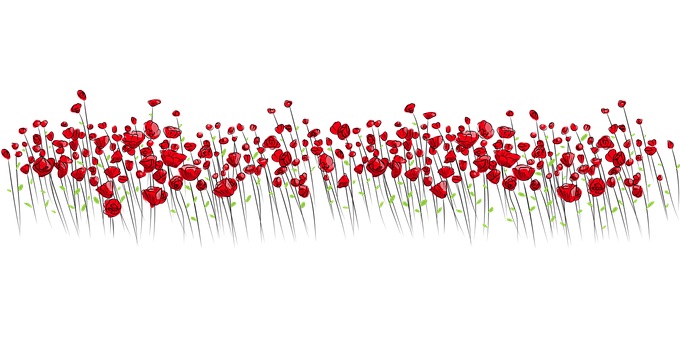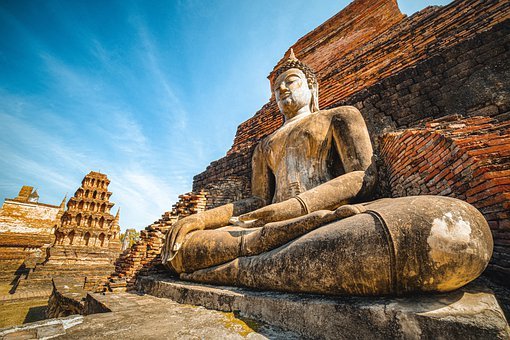We all know that the Buddha transmitted the Dharma to followers according to their capacity and guided them on the path step by step. The Outer Tantra, having also empowerment, the practice of generation stage and so forth, is part of Vajrayana, but it lacks the view of the Inner Tantra. Hence, practitioners can only visualize themselves as they are in the present world (though sometimes they also visualize themselves as buddha), then visualize the buddha and the yidam in front and recite mantras. The Outer Tantra offers many ways to recite mantras; it is of the view that one can attain buddhahood by way of mantra recitation.
~Depicted from GATEWAY TO VAJRAYANA PATH - The Parable of a Black Snake











